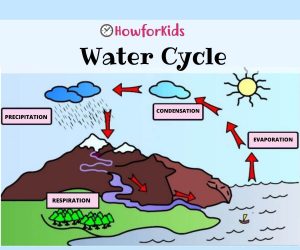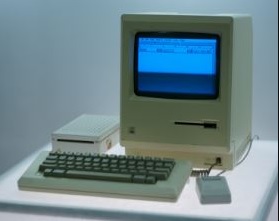The Mayan civilization was a people that lived in Mesoamerica. They lived there for a long time and some of the Mayans still live there today.
The Mayans lived 4000 years ago (around 2000 BC). The staples of the Mayan food included corn, beans, squash, and chili peppers. The first Mayan cities developed around 750 BC.
The Mayans used a written language and a number system. They were good at art, construction, and math. Their priests studied the stars and planets which helped them make calendars.

History of the Mayan Civilization for Kids
Table of Contents
The Mayan civilization had its best moment between 420 AD. and 900 AD. The Mayan civilization extended from central Mexico to Honduras, Guatemala, and northern El Salvador. The Mayans traded with other people in the Americas. Their art and buildings have many different styles, which shows that they traded a lot. They made changes to their buildings to make them even better. The Mayan civilization began to get smaller after 900 AD.
Mayan Civilization Summary
What Happened to the Mayans?
The Spanish conquerors arrived in the 15th century and took over Mexico and later Central America, including the Mayan areas. However, many Mayans still live there today. They live in the same areas where the Mayan civilization used to live. They maintain the ancient Mayan traditions and beliefs. Many Mayan languages are still spoken.
How did the Mayans live their Life?
Life as a Mayan nobleman
The Mayan king and his nobles had an easy life. They had all their needs met by the commoners. They were even carried from one place to another on stretchers by slaves.
Life as a Mayan Commoner
Life as a Mayan commoner was full of hard work. The typical peasant worked as a farmer. At the beginning of the day, the wife would get up early and start lighting a fire to cook. Then the husband went to work in the fields. After a hard day’s work, the farmer would come home and take a bath. Bathing was an important part of the day for all Mayans. The men spent their afternoons working on crafts like tools, while the women wove cloth to make clothes.
What were the Mayan clothes like?
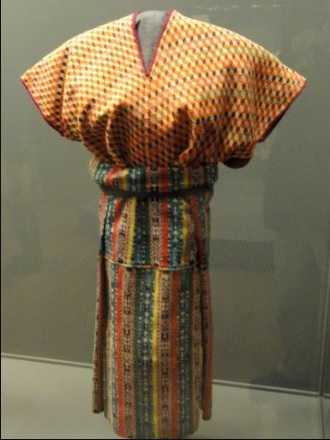
The clothing that the Mayans wore depended on the region they lived in and their social status. The wealthy wore colorful clothing made from animal skins. They also wore feather headdresses and elegant jewelry. Commoners wore simpler clothing. Men often wore loincloths while women wore long skirts. Both men and women used a blanket to wrap their shoulders when it was cold. Men and women wore their hair long. Once they got married, both men and women often got tattoos.
What did the Mayans eat?
Ancient Mayan Food
The most important food the Mayans ate was corn, which is a vegetable. They made all kinds of food from corn, including tortillas, porridge, and even drinks. Other staple crops include beans, squash, and chili. For meat, the Mayans ate fish, deer, ducks, and turkeys. The Mayans introduced a series of new foods to the world. Probably the most interesting was the chocolate from the cacao tree. The Mayans considered chocolate to be a gift from the gods and used cocoa beans as money. Other foods were tomatoes, sweet potatoes, black beans, and papaya.
What were their houses like?
The nobles and kings lived within the city in large palaces made of stone. Commoners lived in cabins outside the city near their farms. The huts were generally made of mud, but sometimes they were made of stone. They were single rooms with thatched roofs. In many areas, the Mayans built their huts on platforms made of mud or stone to protect them from flooding.
Mayan Entertainment
Although much of Mayan life was spent working hard, they enjoyed entertainment as well. Much of their entertainment focused on religious ceremonies. They played music, danced, and played games like the Mayan ball game.
Architecture and Mayan Pyramids
The Pyramids
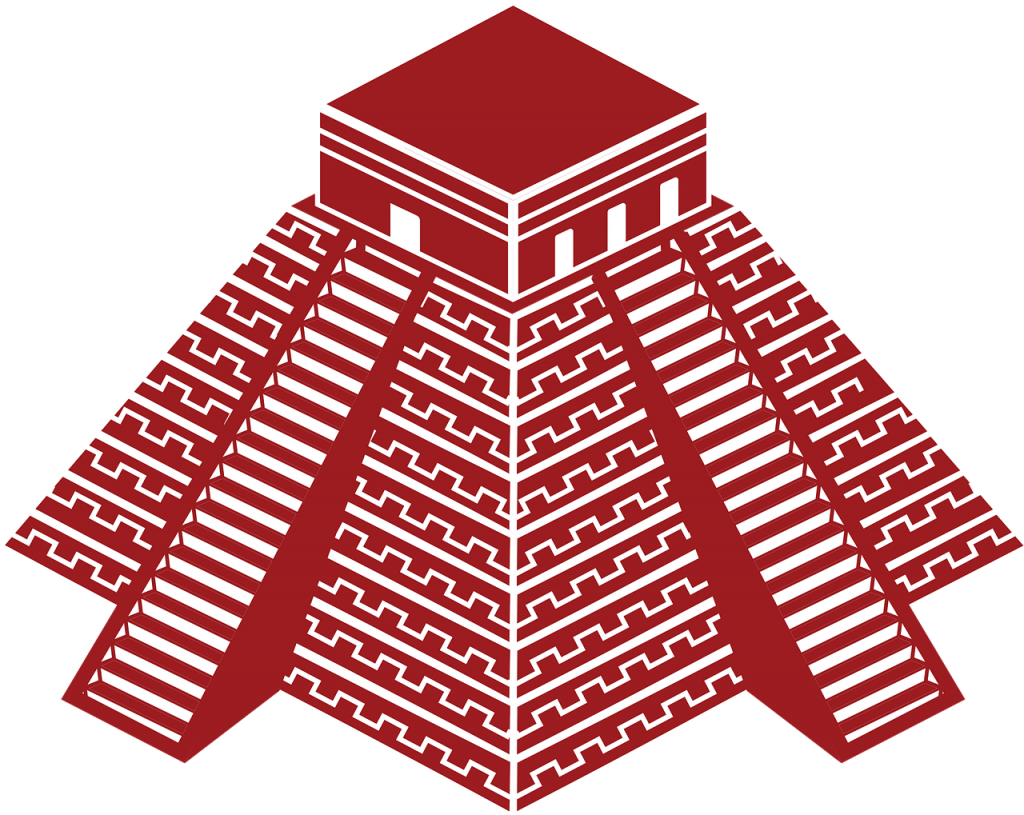
The Mayans are perhaps best known for their many majestic pyramids. They built two types of pyramids. Both types of pyramids were similar in many ways. Each had the usual pyramid shape. And each of them had steps down the side that would allow someone to climb to the top. Both were built for religious purposes and for the gods. However, they also had their differences.
The first type of pyramid had a temple on top and the priests had to climb to make sacrifices to the gods. The stairs that led up the sides of these pyramids were steep, but not too steep for the priests to climb. The most important religious ceremonies were held in the top of these pyramids.
The second type of pyramid was a sacred pyramid built for a god. These pyramids were not to be climbed or touched by humans. There were also steps going up the sides of these pyramids, but they were often too steep to climb without much effort. These pyramids were sometimes built with secret doors, tunnels, and traps.
Famous Mayan Pyramids Chichen Itzá
The archaeological site of Chichén Itzá was a Mayan city from the period between 525, when it was founded, and 1,100 AD. Its name means “mouth of the well of the Itzá” in reference to the sacred cenote found in the area.
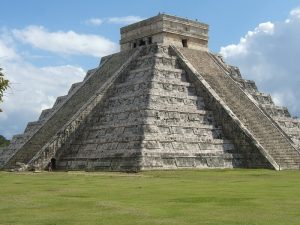
Sacred Cenote
It is a circular hole in the earth 60 meters in diameter and 15 meters deep. This sacred place communicates with the Kukulkán pyramid by a path of approximately 300 meters. While the four cenotes function as a water source that allowed the settlement and flourishing of the culture, the sacred cenote or the central cenote represents for the Mayans the link with the afterlife. This was the central symbol of the entire Mayan universe.
The discovery of these cenotes was fundamental in Mayan agriculture. They contained enough water to supply as there were no nearby rivers in the jungle.
The sacred cenote was a place where rituals were practiced and offerings were made to the gods.
Read also: What is the Water Cycle
The Castle (El Castillo)
This pyramid was built as a temple for the god Kukulcán in the city of Chichén Itzá. The total height of the pyramid is less than 100 feet. Each side of El Castillo has 91 steps. When you add the steps on all four sides and then add the top platform as one step, you get 365 steps, one for each day of the year.

Mayan Temples: Temple IV in Tikal
Temple IV at Tikal is part of several very tall pyramids in the city of Tikal. It stands 230 feet tall and was built to mark the reign of King Yikin Chan Kawiil.
The Tapir
This pyramid is believed to be one of the largest pyramids in the world by total volume. It is 250 feet tall and has a volume of 2.8 million cubic meters.
Nohoch Mul
A temple pyramid in the city of Coba, Nohoch Mul is one of the tallest pyramids in the Yucatan Peninsula at 138 feet tall.
Palaces for the Kings
Each Mayan city-state had a grand palace within the city for its king and royal family. These palaces were sometimes great monuments to powerful kings. One of the most famous palaces is the Palenque Palace built by King Pakal. It was a large complex of many buildings and courtyards, including a tall tower that overlooked the city. It was covered with colorful hieroglyphs and carvings of the king and his family.
Mayan Ball Courts. Ball Game
The Mayans also built giant courts where they played their game with a rubber ball. Some major cities had multiple courts. Sometimes the ball courts were attached to the temples. The stands had two long stone walls, sometimes built with sloping sides.

Mayan Art and Architecture
Sculpture
The Mayans are perhaps most famous for their stonework. They built many monumental structures including tall pyramids and palaces. They also made many stone sculptures. A popular type of Mayan sculpture was the stela. A stela was a large stone slab covered with carvings and scriptures. The stela was popular during the Classic Maya period when most of the major cities had built stelae in honor of their kings. The stela was often found near altars. Some stelae were very large. The largest Mayan stela discovered to date is Stela E from the city of Quirigua. It weighs 65 tons and is around 34 feet tall.
El Caracol (possible Mayan Observatory)
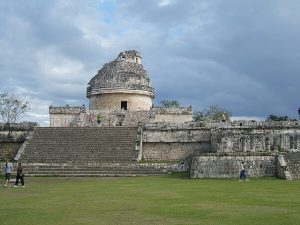
In the south of the city are the remains of a building called Caracol, because it has a spiral staircase inside. This work is believed to be an observatory to analyze and map the sky. The Mayan astronomical observatories were used as temples. The Mayan culture used these pyramid-shaped buildings to observe the movements of the Sun, the Moon and Venus.
Mayan Ossuary (Osario)
This building is a tomb that follows the same model of the Castle, but it is not known for sure which of the two buildings was the first. It is nine meters high. In the upper part it has a sanctuary with a gallery, it is decorated with different motifs, including feathered serpents.

Carving
The Mayans also created detailed sculptures out of other materials, such as wood and jade. Although only a few wood carvings have survived, archaeologists believe that wood carvings were very popular pieces of art for the Maya.
Painting
The Mayans painted murals on the walls of their buildings, including their houses, temples, and public buildings. The themes of the murals varied widely including scenes from daily life, mythology, battles, and religious ceremonies. Unfortunately, due to the high humidity in the region, few of the murals have survived.
Mayan Ceramics
Mayan ceramics are an important art form. The Mayans created their pottery without the use of a potter’s wheel. They decorated their pottery with elaborate designs and scenes. Archaeologists can learn a lot about different periods and cities of the Maya through the scenes painted or carved on their pottery.
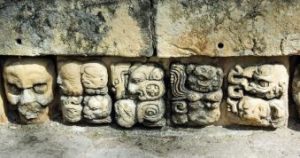
Mayan Writing : Hieroglyphics Symbols and Meanings
Mayan art can also be seen in their books or codices. These books are made from long folded sheets of leather or bark paper. The writing uses a series of symbols and images and the books can be considered delicate works of art.
Read also : History of Writing Systems
Mayan Culture Fun Facts
• The beginning of this civilization is known as the Preclassic or Formative Period.
• The classic Mayan period is the era that saw the consolidation of power in the great cities of the Yucatan Maya.
• They were the first to process cocoa to make chocolate.
• They wrote books in their hieroglyphic writing on long strips of a special type of paper made from the inner bark of fig trees.
• They had their own hieroglyphic system, which was one of the most complex systems on Earth.
• The Mayans were great astronomers and efficient mathematicians.
• Tikal was the largest Mayan center. It covered an area of 123 square kilometers (47 square miles).
• Their main crops were corn, beans, avocados, papayas, and cocoa, etc.
• They also played various sports. The Mesoamerican ball game, also known as Ollamaliztli, was the main sport.
• The Mayans were the first to use the sweat bath or sauna.
• The last independent Mayan kingdom was the island town of Tayasal. It existed until 1696.
Ancient Maya Civilization Timeline

Preclassic Period (2000 BC to 250 AD)
The Pre-Classic Period spans from the beginning of the Mayan civilization to AD 250, when the Mayan civilization began its golden age. Much of its development took place during this period. The main cities during this period were El Mirador and Kaminaljuyu.
2000 BC – Agricultural villages begin to form throughout the Mayan region.
1500 BC – The Olmec civilization develops: the Mayans will take a large part of their culture.
1000 BC – The Mayans begin to form larger settlements in places like Copán and Chalchuapa.
700 BC – Mayan writing begins to develop.
600 BC – Large buildings are built in the city of El Mirador.
600 BC – The Mayans begin to cultivate. This allows your society to maintain larger populations and cities begin to grow in size.
600 BC – The settlement in Tikal is formed. This will be one of the main cities of the Mayan civilization. It will reach its peak in power during the Classic period.
400 BC – The first Mayan calendars were carved in stone.
300 BC – The Mayans adopt the idea of a monarchy for their government. They are now ruled by kings.
100 BC – The city-state of Teotihuacan is established in the Valley of Mexico. Influence on the Mayan culture for many years.
100 BC – The first pyramids are built.
Classic Period (250 AD to 900 AD)
The Classic Period is considered the golden age of the Mayan city-states. Most of the artistic and cultural achievements of the Mayan civilization took place during this period.
400 AD – The city-state of Teotihuacan becomes the dominant city and governs the Mayan highlands.
560 AD – The city-state of Tikal is defeated by an alliance of other city-states.
600 AD – The powerful city-state of Teotihuacan declines and ceases to be a cultural center.
600 AD – The city-state of Caracol becomes an important force in the area.
900 AD – The cities of the southern lowlands collapse and Teotihuacan is abandoned. The reason for the collapse of the Classic Maya period remains a mystery to archaeologists. This marks the end of the Classic period.
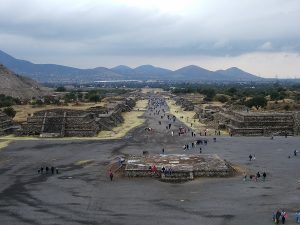
Postclassic Period (900 AD to 1500 AD)
Although the southern city-states collapsed, the Mayan cities in the northern part of the Yucatan peninsula continued to prosper for the next several hundred years during the postclassic period.
925 AD – The city-state of Chichen Itzá becomes the most powerful city-state in the region. He will rule for the next two hundred years.
1250 AD – After declining for years, Chichen Itzá is abandoned.
1283 AD – The city-state of Mayapán becomes the capital city of the Mayan civilization. The Mayapán League was formed to govern the region.
1441 AD – The people rebel against the mandate of Mayapán. The city was abandoned in the late 1400s.
1517 AD – The post-classic period comes to an end with the arrival of the Spanish and the conqueror Hernández de Córdoba.
Colonial Period (1500 AD)
A.D. 1519 – Hernán Cortés arrives and explores the Yucatan Peninsula.
1541 AD – Many of the Mayan city-states are conquered by the Spanish.
1542 AD – The Spanish found the city of Merida.
1695 AD – The ruins of Tikal are discovered by a Spanish priest who is lost in the jungle.
Read also: History of Computers
